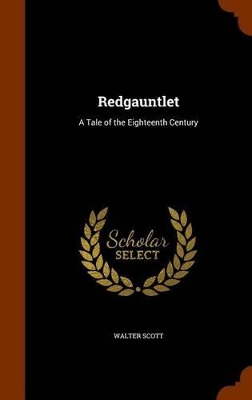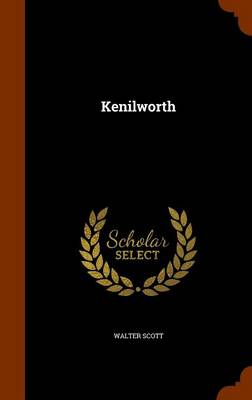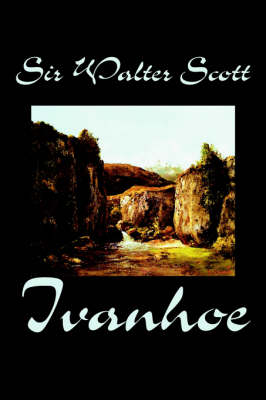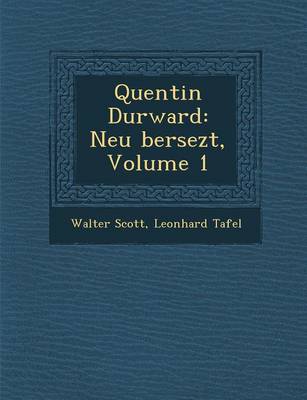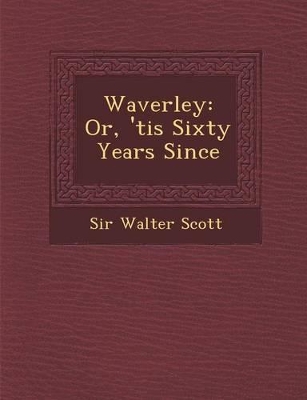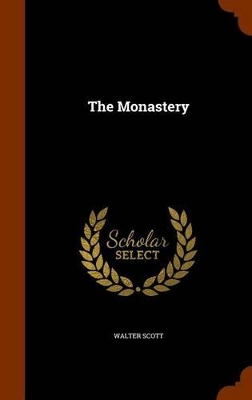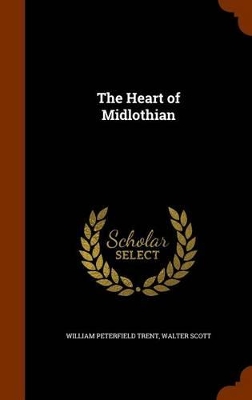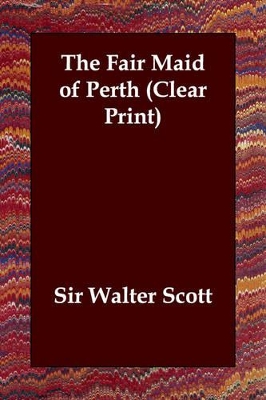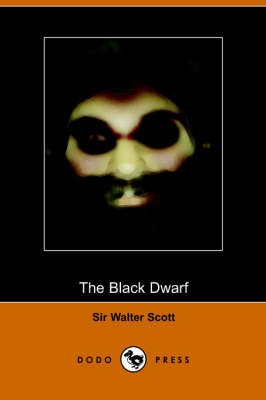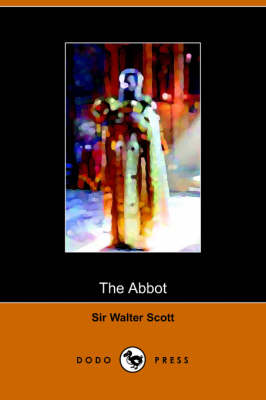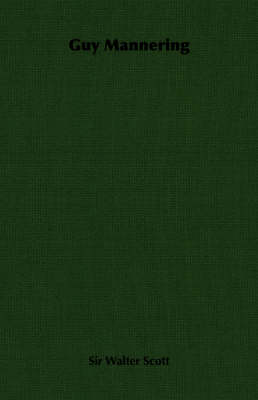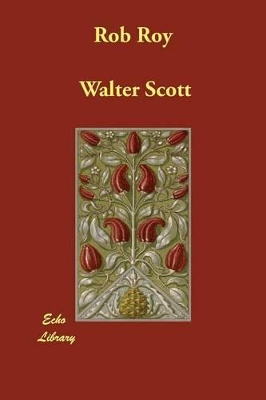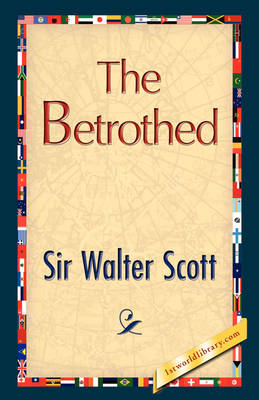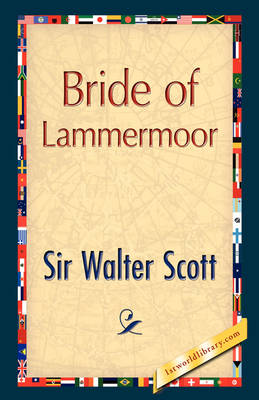Edinburgh Edition of the Waverley Novels
4 primary works • 29 total works
Book 3
Book 8
Book 11
Book 16
No. 4A
Sir Walter Scott—who invented the historical novel—is still the writer to whom we turn when we seek the undiluted pleasures of narrative romance. His Rob Roy (1817) is a rousing tale of skulduggery and highway robbery, villainy and nobility, treasonous plots and dramatic escapes—and young love. From London to the North of England to the Scottish Highlands, it follows the unjustly banished young merchant's son Francis as he strives to out-maneuver the unscrupulous adventurer plotting to destroy him—and allies himself with the cunning, dangerous, and dashing outlaw Rob Roy MacGregor in a heroic effort to regain his rightful place and win the hand of the girl he loves.
(Book Jacket Status: Not Jacketed)
Some of them are almost 100 pages long; when they are put together they constitute a fascinating and lucid account of Scott's methods of compostion and his financial manoeuvres. This edition is for anyone who takes Scott seriously." Times Literary Supplement

